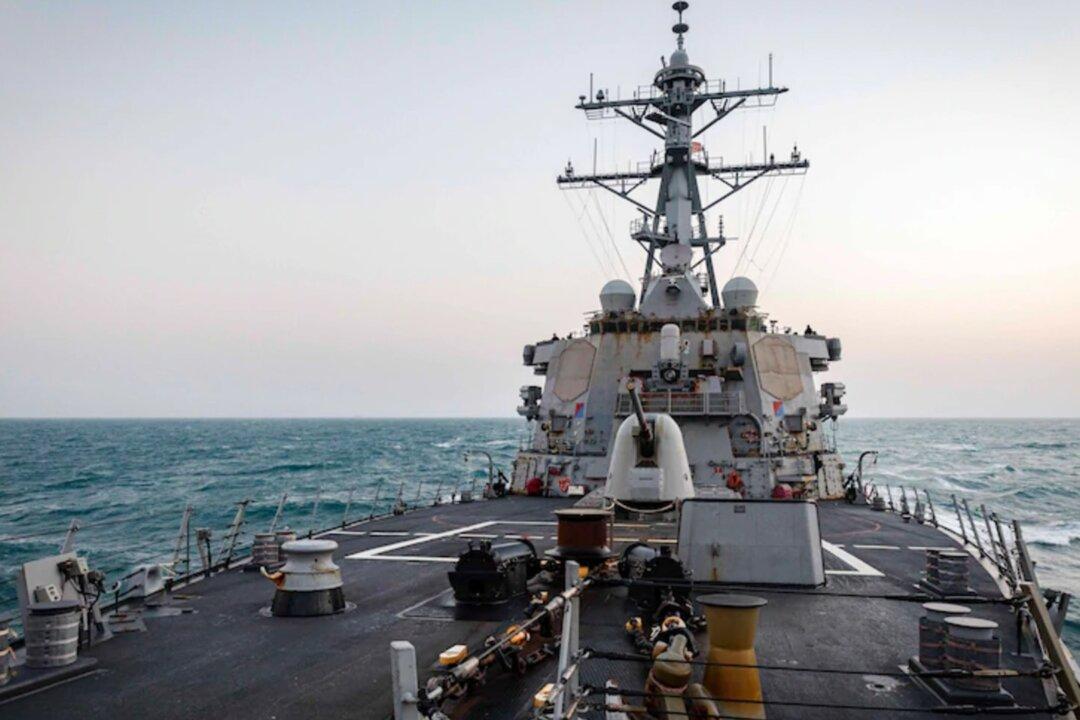Commentary
The sinking of a Russian warship by cruise missile causes concern about the vulnerability of U.S. ships to Chinese missiles. But the U.S. forces are better trained at using their interlocking missile defenses.

The sinking of a Russian warship by cruise missile causes concern about the vulnerability of U.S. ships to Chinese missiles. But the U.S. forces are better trained at using their interlocking missile defenses.